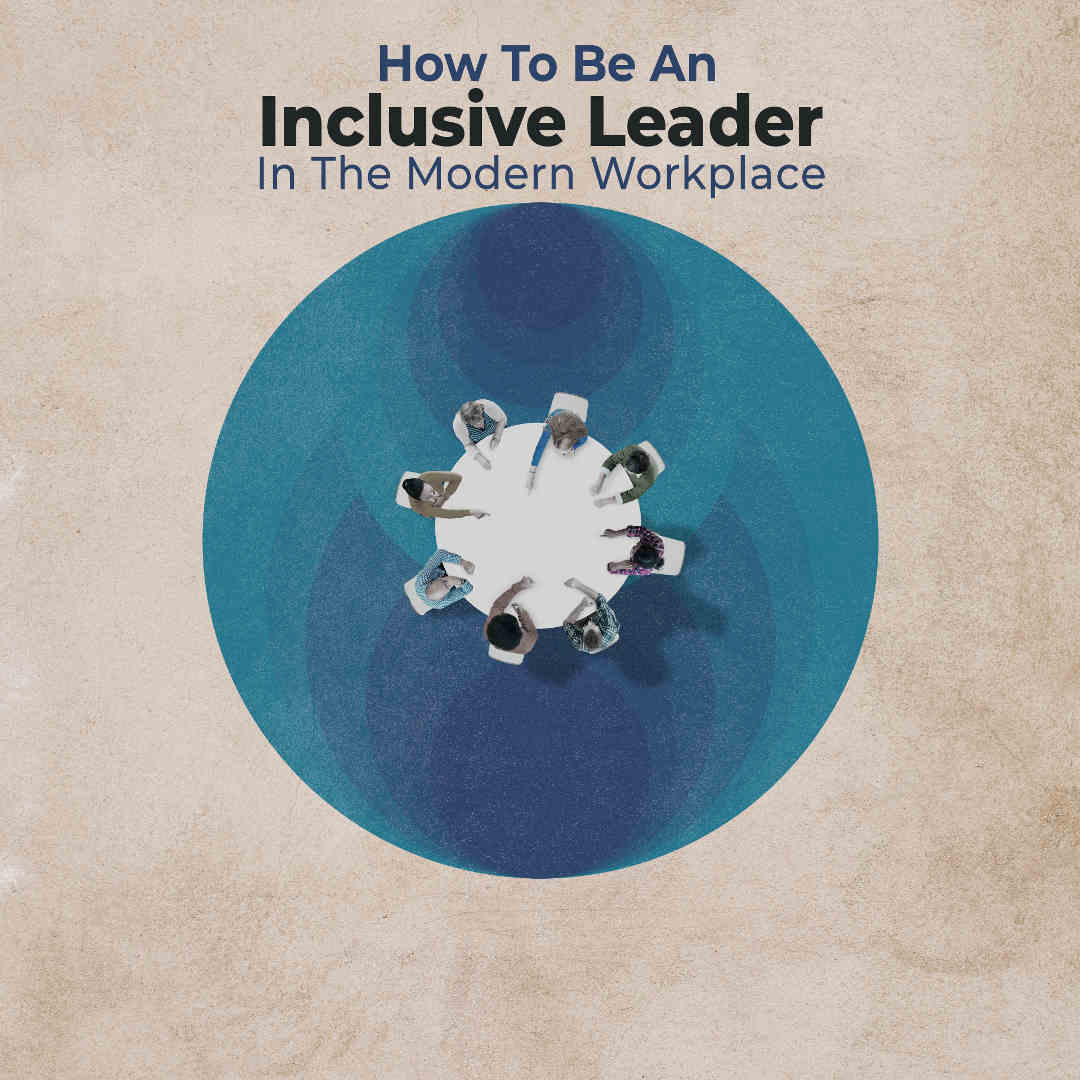Overview:
- A multicultural workplace demands a leader with an inclusive mindset to take charge.
- Inclusive leadership focuses on a culture of diversity, active listening, and respect for different values.
- When achieved, this leadership style gives organizations several advantages such as higher productivity and company growth.
- To be a leader who is inclusive, you must make every employee feel heard.
Introduction
A big part of a company’s success and employee retention rates lies in its leader. The leader’s vision, instructions, and guidance become the root of a thriving company. Leadership styles that can guide a company to its desired achievements could take many forms. However, the one with the highest profitability is the inclusive leadership style. This leadership style is gaining popularity as companies continue to evolve culturally. The existence of multicultural, multilingual and women leadership organizations became the ground zero for the emergence of inclusive leaders. Learning how to be inclusive requires understanding the concept of diversity and the multicultural landscape of modern workplaces. Filling the role of such a leader may entail many changes, but it is achievable with the willingness to adapt.
What is Inclusive Leadership?
Inclusive leadership style tends to focus on a culture of diversity in the workplace. It entails being able to lead a diverse workforce while treating each team member with respect. An inclusive workspace would have plenty of unique backgrounds and cultural perspectives. It is then a leader’s responsibility to honor this diversity without holding personal bias and prejudice. Leaders must grasp an understanding of their internalized prejudices and unconscious biases before they can lead inclusively. Being able to separate these biases from their leadership style and commit to equity in the workplace is vital.

Inclusive leadership skills require the ability to be open-minded towards opportunities and new perspectives. Other than being responsible for creating an inclusive environment for every team member, leaders should also foster collaboration in the workplace.
The Traits of An Inclusive Leader
Being inclusive when leading means being able to listen to team members effectively. This means every voice should be heard, deliberated, and supported regardless of their cultural background. There are many ways to promote diversity in the workplace, and this is one of them. This trait is crucial for every team member to feel respected, even the ones who are underrepresented, providing equal opportunities. Being an active listener would redefine the company’s practices to better suit and protect the needs of every team member. Instead of being limited to pre-existing rules, leaders should attempt to broaden company policies, supporting the unique needs of workers. Ethical leadership needs to be followed to be a successful inclusive leader as well.
When their needs are met and they feel heard in an empathetic workplace, having diverse team members will welcome new opportunities for fresh ideas. If you need help unlocking these traits, inclusive leadership training can aid in learning how to be an inclusive leader.
Benefits of Inclusive Leadership
In the modern world, the demand for diverse organizations is increasing as multicultural communities spread across the globe. As such, having inclusive leadership skills can bring about various advantages to you and your organization. For instance, engaging in diverse perspectives from team members in a supportive, inclusive space will foster better collaboration in the workplace. With better teamwork capabilities surrounding a sense of belonging, work becomes more effective with better outcomes. This increases your company’s productivity, fosters innovation through brainstorming creative ideas, and outputs higher-quality results.

Apart from the benefits of being inclusive as a leader, it has several advantages for you individually as well. Leading with inclusivity will earn team members’ trust, creating a positive work environment that unlocks benefits for your career. Additionally, team members will find it easier to communicate with you, and develop a sense of loyalty to the organization. Being such a leader is a journey of professional development. It is important to acknowledge this before you learn how to be an inclusive leader.
How To Be an Inclusive Leader
After learning these responsibilities and traits, the last step is understanding how to be an inclusive leader in the workplace. Besides having an inclusive mindset, an equally crucial aspect of practicing inclusive leadership skills is to be mindful. Being mindful entails acknowledging that each individual has a different perspective, personality, and behavior. As a leader, you cannot dismiss any of these unique aspects of every team member. Not only are you responsible for championing diversity in the workplace, but you must also be part of it. Inclusive leadership assessment and measures of self-reflection might help you determine exactly what you need to become a good leader.

Developing an inclusive mindset as a leader does not happen overnight. However, you can start with these simple steps to learn how to be an inclusive leader in the modern workplace:
- Be curious and enthusiastic: Converse with employees to understand their backgrounds and personalities. You may learn new things about their experience in the organization and figure out how you can make it better.
- Make all team members feel included: A small step to achieve this is to include team members in meetings regardless of their cultural background. They might appreciate the ability to represent and voice their opinions.
- Have discussions with people outside your circle: Normalize having different perspectives consulting your needs and opinions. This allows you to expand your views, providing you with diverse insights you can utilize for the best outcome.
These steps can help you start your growth and become more inclusive in the workplace as a leader. The bottom line is to keep an open mind regarding different cultures that other individuals in your organization may have. If needed, taking inclusive leadership training may help you develop the right leadership styles to achieve your goals.
Conclusion
Having an inclusive mindset in the workplace as a leader is a journey of self-development that takes time. However, you can start by actively listening to and acknowledging the diverse perspectives of each team member. This will help foster a culture of collaboration that will bring forth new opportunities for innovation and company growth. Additionally, you can start asking questions about your team members’ backgrounds, their perspectives, and be enthusiastic to learn about them. Develop a sense of trust and loyalty in the workplace as a first step towards learning how to be an inclusive leader.
FAQs:
What are the four qualities of a inclusive leader?
The four qualities of a leader who is inclusive are humility, empathy, vulnerability, and resilience. Such a leader must be open-minded to different perspectives. Be willing to understand what your employees are experiencing at work and find a way to support underrepresented individuals. Do not minimize their challenges, be authentic in your approach, and advocate for the unique needs of a diverse workforce.
What is the main element of inclusive leadership?
The main element of this leadership style is self-awareness of internalized prejudice and any unconscious biases. It takes emotional intelligence to develop such awareness of any internalized views that may cast a negative light on others. Leading with inclusivity would also require an inquisitive mindset and willingness to empathize with others.
What are the challenges to leading inclusivity?
One challenge is how they overestimate their inclusive mindset. There is a need for an outside perspective to recognize internalized prejudice and biases a leader may hold. More attention needs to be given to diversity of thought; the traditional organizational hierarchy creates barriers to this initiative. Organizational structures can hinder inclusion efforts if actions are not taken mindfully and employees do not feel heard.


